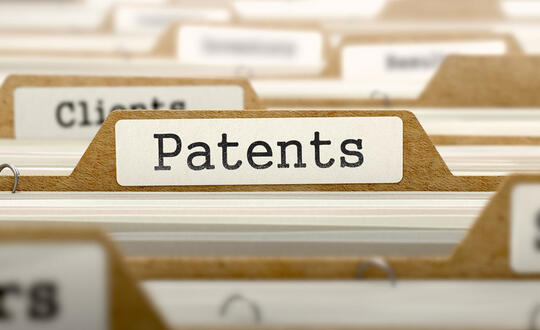When “Displaying” Is “Using” For Prior Public Use Under 35 U.S.C. 102(b)
Feb 09 2023
Last week, in a non-precedential opinion for an appeal from a Patent and Trial Appeals Board (PTAB) decision (In re WinGen), the Federal Circuit addressed prior public use under pre-AIA 35 U.S.C. § 102(b). The issue was whether displaying a “Cherry Star” plant at a Home Depot private event constituted a prior public use sufficient to preclude patent protection for the plant. The Federal Circuit noted that “[n]one of the significant public use cases, including those cited by the parties, involved an invention whose intended purpose was ornament…This case therefore presents a unique question.” The Federal Circuit then ruled that because the intended purpose of Cherry Star was ornament, displaying it constituted “use” for purposes of prior public use.
Claim 1 in the Cherry Star patent read as follows:
1. A Calibrachoa plant comprising at least one inflorescence with a radially symmetric pattern along the center of the fused petal margins, wherein said pattern extends from the center of the inflorescence and does not fade during the life of the inflorescence, and wherein the Calibrachoa plant comprises a single half-dominant gene, as found in Calibrachoa variety ‘Cherry Star,’ representative seed having been deposited under ATCC Accession No. PTA-13363.
It was undisputed that a complete invention (plant) comprising all the claimed characteristics was on display at the Home Depot event. Further, no confidentiality restrictions existed. The attendees were provided a leaflet to bring home that included a photograph and brief description of Cherry Star. However, attendees were not permitted to take cuttings, seeds, or tissue samples of the plant, and they were not provided any gene or breeding information.
WinGen argued that attendees would not have been aware of or able to readily ascertain that Cherry Star resulted from a “single half-dominant gene” as required in the claims, and therefore that the display at the Home Depot event was not an invalidating prior public use. This seems to have been an argument that the claimed invention was not accessible to the public during the Home Depot display because attendees could not discern certain genetic elements of the invention. But the Federal Circuit did not consider or decide this argument because WinGen did not raise it below at the PTAB.
Further, the Federal Circuit did not focus on whether the claimed invention was accessible, but rather on whether the use was public. In so doing, the Federal Circuit distinguished Motionless Keyboard Co. v. Microsoft Corp., 486 F.3d 1376, 1379 (Fed. Cir. 2007), stating that in Motionless Keyboard, “there was no evidence showing that ‘the inventions were used for their intended purpose’ because the only alleged prior public uses involved the mere visual display of the claimed keyboard ‘without putting it into use[,]’” leading the Federal Circuit to find that “because the keyboard ‘was not connected to a computer or any other device’ and was not ever used ‘to transmit data,’ the disclosures did not rise to the level of public use.”
After distinguishing Motionless Keyboard, the Federal Circuit ruled that mere visual display of Cherry Star was “undoubtedly a use for its intended purpose: ornament,” leading to a finding of public prior use. In this case, display was use.
Would it have made any difference if WinGen had focused on claim language relating to the inflorescent pattern which “does not fade during the life of the inflorescence”? This feature could not have been on display or used during the Home Depot event which did not last for the indicated time period. Could focusing on this language have helped WinGen argue that the Home Depot display’s duration was too short to constitute a prior use of the invention, which necessarily includes long-lasting patterns?
But at the end of the day it appears that Cherry Star was complete and that WinGen was promoting it at the Home Depot event. Under such circumstances, prudence would have suggested filing a patent application sooner to try to avoid the public use and on-sale bars of Section 102(b).